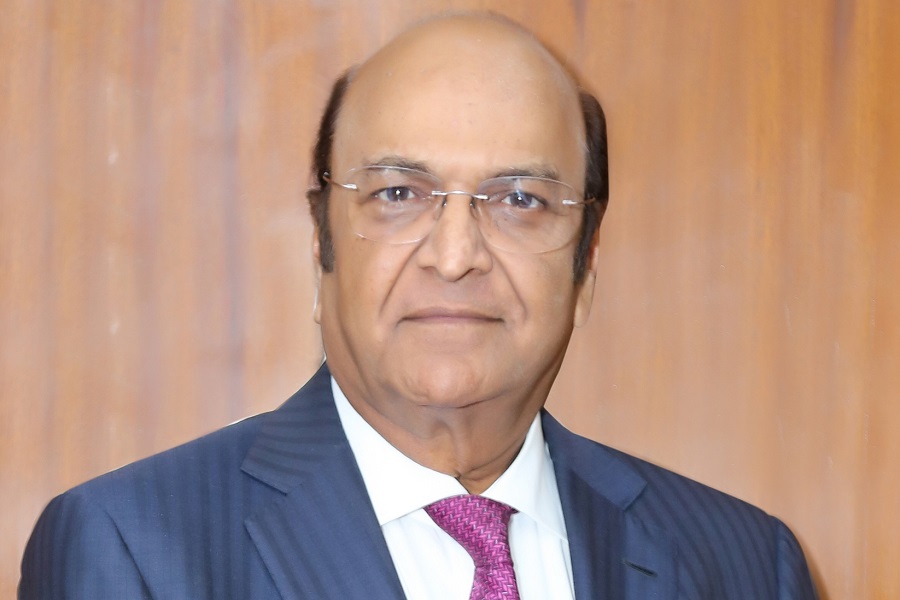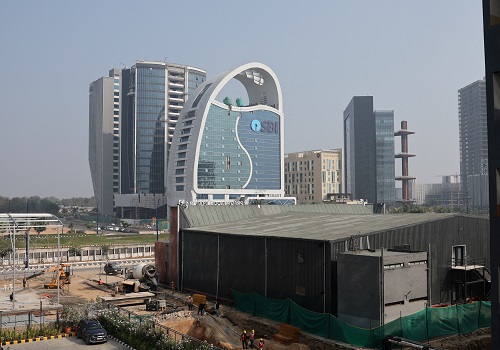Strong demographic trend a structural positive for India: Morgan Stanley

India’s demographic trend of a younger workforce positions it positively as most large economies face shrinking working-age populations and tight labour markets, global brokerage, Morgan Stanley said.
Per UN estimates, India's working-age population will continue to grow until 2037, with age dependency falling until 2032, and India will account for 21 per cent of the incremental increase in global working-age population in the next 10 years.
“As such, we envisage that over the next 10 years India's economy will be driven by manufacturing, exports, and capex with implications for employment generation,” Morgan Stanley said.
Over the past 4 years, policy reform momentum has moved in that direction wherein policymakers have taken steps to reorient India's growth model with a push for capex-and manufacturing-led growth. This move will have implications for the way India's labour force is employed.
Unleashing labour productivity potentially creates further tailwinds for India's growth outlook and the economy's competitiveness, Morgan Stanley said.
India's labour force is characterised by a high degree of informality with 89.1 per cent of labour force in the informal sector -- exhibiting the highest among key economies. Further, in terms of sectors, agriculture continues to dominate the labour force with 45.8 per cent share in employment.
Currently India's wage growth (manufacturing wage) remains among the lowest in the region, and while labour productivity has improved over time, it continues to remain weaker than most EMs. As such, as the economy formalises at a faster pace in the coming decade and share of manufacturing and services increases further in the labour force, labour productivity should see a meaningful uplift, Morgan Stanley said.
























